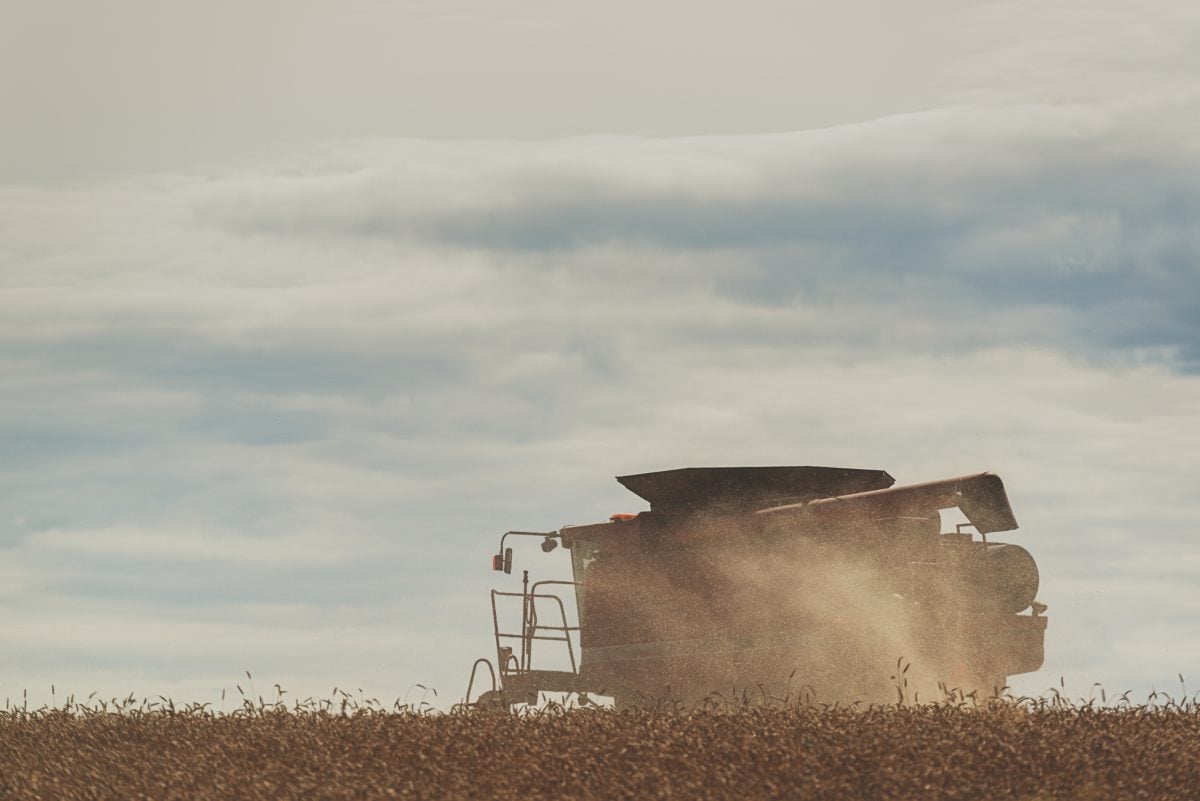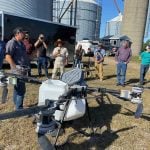In a ruling that drew sighs of relief from the biotechnology industry, the U.S. Supreme Court ruled on Monday that an Indiana farmer violated agribusiness company Monsanto’s patent for a type of soybean.
The court agreed unanimously with Monsanto that Vernon Bowman, 75, had performed an end-run around the law when he used the company’s patented soybean seeds without seeking a license.
Justice Elena Kagan wrote on behalf of the court that Monsanto’s patent protections were not, in legal terminology, “exhausted” when Bowman used the seeds without the company’s permission.
Read Also

Alberta Crop Report: Harvest reaches completion
Alberta’s harvest is virtually complete at 99.4 per cent finished, ahead of the five-year and 10-year averages at this time of the season.
Kagan wrote that patent exhaustion did not allow a farmer to reproduce patented seeds through planting and harvesting without the patent holder’s permission.
If farmers were allowed to do so, “a patent would plummet in value after the first sale of the first items containing the invention,” Kagan wrote. Such a result would lead to “less incentive for innovation than Congress wanted,” she added.
Reaffirmation
For biotech companies in various sectors, not just agriculture, the ruling was a “reaffirmation” of the principle that patent protections extend to copies made of a patented item, according to Patricia Millett, a Washington lawyer who filed a friend-of-the-court brief on behalf of the Biotechnology Industry Organization.
“It’s very important for the innovation economy,” she said.
The ruling, Millett and others in the biotech industry say, likely extends to certain other products sold with licenses, including DNA and bacterial preparations.
In the ruling, Kagan specifically stated that the decision was limited to the case before the court and not all self-replicating products. She cited computer software as an example.
“We recognize that such inventions are becoming ever more prevalent, complex and diverse,” Kagan wrote. The court, she added, did not need to address in the Monsanto case “whether or how the doctrine of patent exhaustion would apply in such circumstances.”
Christopher Holman, an intellectual property expert at the University of Missouri-Kansas City School of Law, said what the court had left undecided were instances in which there is “unavoidable or inadvertent” replication.
Notwithstanding Kagan’s reference to software, the principles contained in Monday’s ruling would apply just as much to Microsoft Corp., which sells products with licenses, as it does to Monsanto, he added.
Roundup Ready
As a result of the ruling, Bowman will have to pay Monsanto US$84,456 for infringing on the company’s patent.
Bowman’s attorney, Mark Walters, said the ruling “makes infringers out of 95 per cent of America’s soybean farmers.” Small farmers may need to “organize and lobby Congress for a clarification of the law,” he added.
David Snively, Monsanto’s executive vice-president, said in a statement that the court had ensured that “longstanding principles of patent law apply to breakthrough 21st-century technologies.”
The case arose when Bowman sought in 1999 to save money by buying commodity grain from a grain elevator. The seed was not identified as featuring Monsanto’s Roundup Ready technology, which protects seeds from herbicides.
Bowman said the patent did not cover the grain he used as seed because it was “second-generation,” not the first-generation sold by seed dealers.
Bowman kept the seed generated from the successful crop and used it the following year. He repeated the pattern until 2007.
Monsanto objected, saying Bowman was growing soybeans that were resistant to Roundup herbicide, meaning he was infringing on its patents.
— Lawrence Hurley is a Reuters correspondent covering the U.S. Supreme Court in Washington, D.C.















